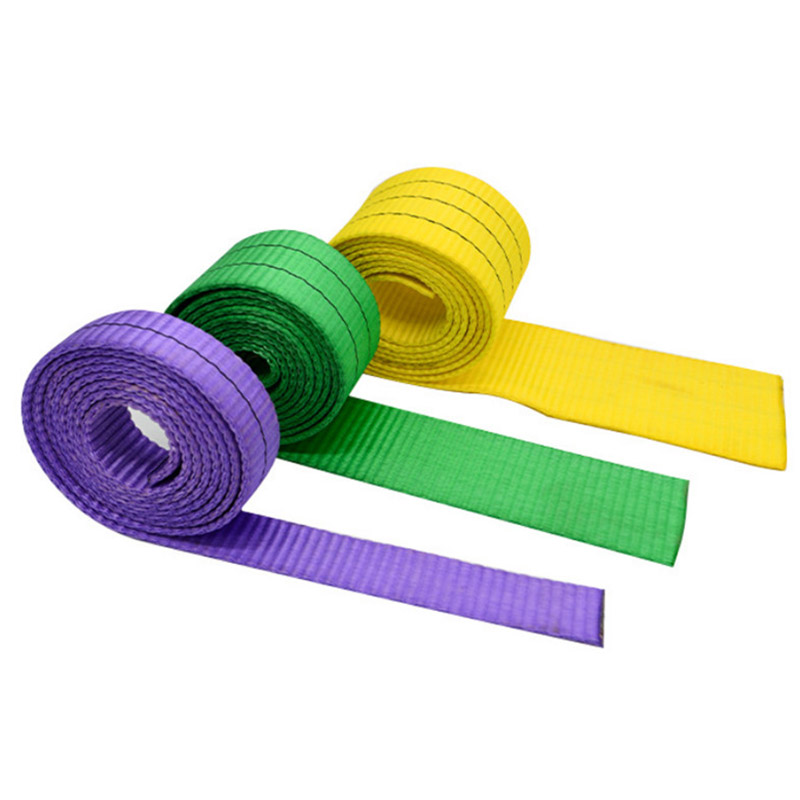Get access to more than 30 brands, premium video, exclusive content, events, mapping, and more.
Get access to more than 30 brands, premium video, exclusive content, events, mapping, and more. Retractable Ratchet Tie Down

Members get 15+ publications right in your pocket.
Create a personalized feed and bookmark your favorites.
Create a personalized feed and bookmark your favorites.
"Kevin Corrigan" Photo: Kevin Corrigan
Heading out the door? Read this article on the new Outside+ app available now on iOS devices for members! Download the app.
Climbing gear should be regularly inspected to make sure it’s not only functioning optimally, but also safe to use. Most of us know this, but in practice, may not examine this critical safety equipment as often as we should. But given the abiding frequency of equipment-related deaths, it’s always worth your time to give your gear a check-up. This guide breaks down how to inspect soft and hard goods, what to look for, and when to retire your climbing gear.
Your rope should be lightly inspected before each climb, as you flake it out feeling for any soft or flat spots. After every couple weeks of regular climbing, or after catching a big fall, do a closer inspection of your rope.
Just like climbing ropes, your harness should be inspected before each climb, looking for obvious fraying. Do a more serious harness check after every couple weeks of use.
You also need to regularly inspect all other soft goods in your quiver—that means quickdraw and cam dogbones, personal anchors, and all other webbing, slings, and cord.
Carabiners are among the most ubiquitous pieces of gear for climbers and undergo constant wear. It’s important that you regularly check all carabiners in your gear pile, from quickdraws to bail ‘biners.
To ensure the safety of you and your partner, inspect your belay device. You will be looking for much of the same issues as you would in a carabiner.
When placing your own protection, you want to make sure that the gear itself is solid. Regular inspection and maintenance of cams and stoppers will ensure that they are safe and reliable.
"The Nutcracker" explores the mental challenges of solo climbing and the tactics Cornell used to help him send the route.

Ball Mount Join Outside+ to get access to exclusive content, thousands of training plans, and more.